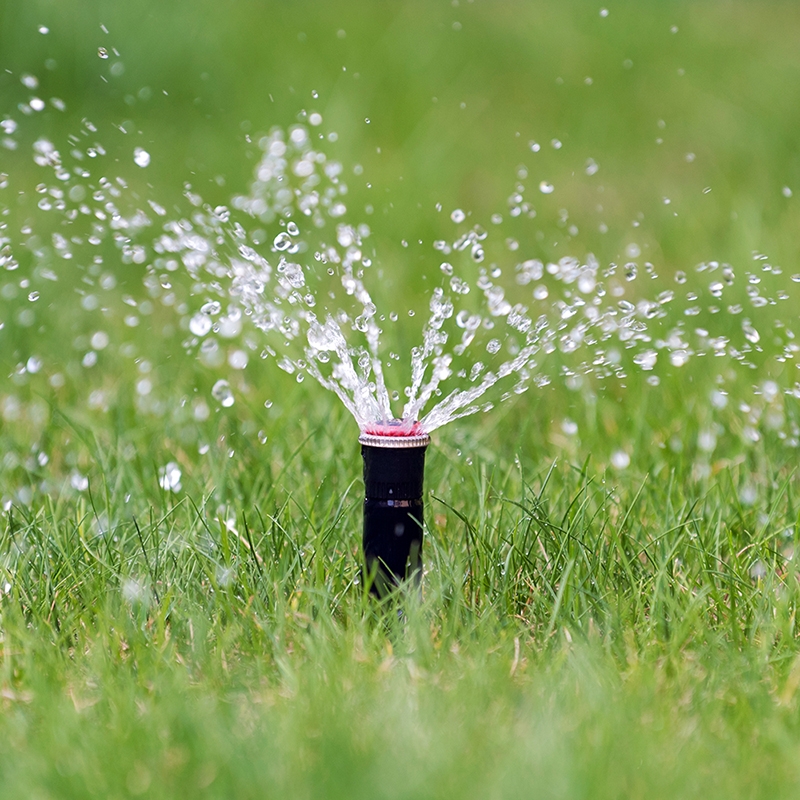
By: Aniyah S.
Year: 2021
School: University High
Grade: 10
Science Teacher: Shannon Bunch
Overwatering and underwatering are widespread issues with extensive consequences. Current approaches to assess water use efficiency (WUE) are inaccessible or indirect.
Hypothesis: Smartphone imaging combined with ImageJ analysis is an effective method to determine ideal watering ranges and assess grass WUE. Aniyah examined how nine graded watering levels (100-900 mL) affected color (quantified through a*:b* ratios) and growth (tracked through grass area coverage) of nine St. Augustine grass samples over one month (July 2020). Three image types were considered: whole samples in the uncontrolled natural environment, randomly selected leaves in a controlled homemade imaging box, and pigments before and after paper chromatography. Data was analyzed using mclust Gaussian finite mixture models. Consistent clustering results across image types showed that ImageJ CIELAB analysis can effectively analyze real-world grass samples, supporting the initial hypothesis.
Results: In all five cluster analyses, levels 1-4 were cluster 1 (underwatered), levels 7-9 were cluster 2 (ideal, overwatered), and levels 5-6 were transition levels (varied between analyses). Considering real-world performances, level 6 was the critical point for maintaining both color and growth. Thus, the ideal watering range was 600-700 mL and the corresponding ideal a*:b* range was (-0.8, -0.7).
In all three image types, a*:b* ranges of levels 1-5 increased, reflecting a decrease in green intensity. In contrast, the a*:b* ranges of levels 6-9 stayed consistent, reflecting maintenance of color and reinforcing that overwatering does not significantly improve grass quality. Consistent results showed that CIELAB effectively removes lighting effects of real-world images and a*:b* ratio is a valid indicator of grass color. The pigment paper chromatography results showed that digital color unmixing is consistent with physical color unmixing.
In the future, this method and its principles can be used to find standard ideal watering ranges for common grass species, which can be further combined with grass identification into an app or tool for commercial use. This would encourage water conservation and reduce underwatering and overwatering in the larger community.
